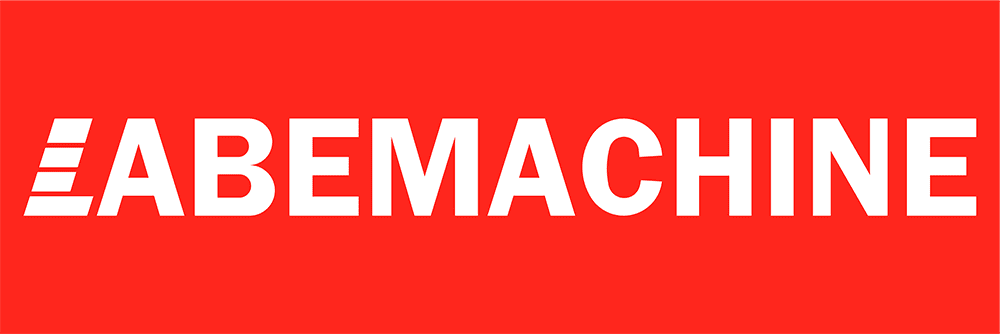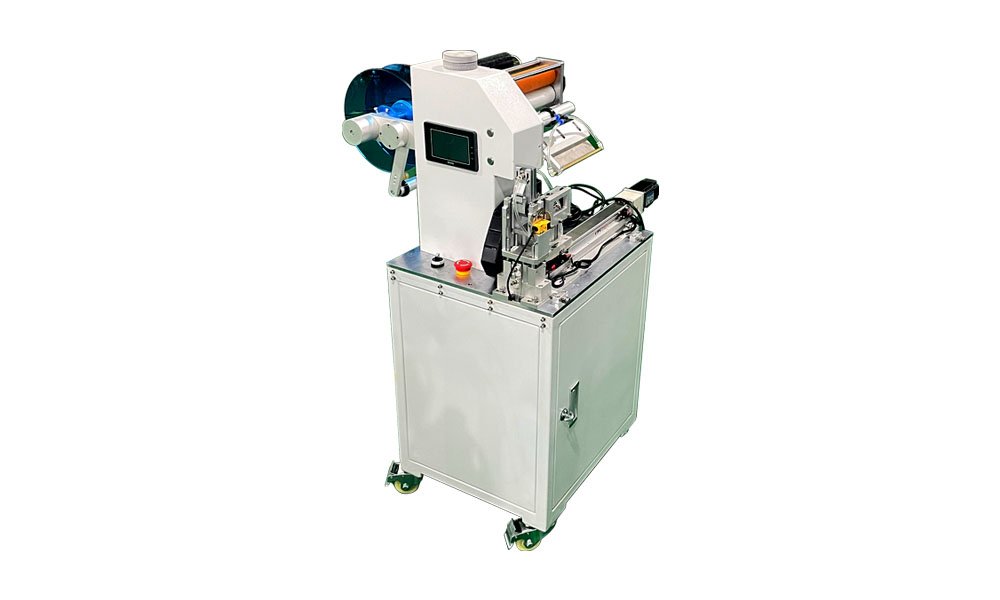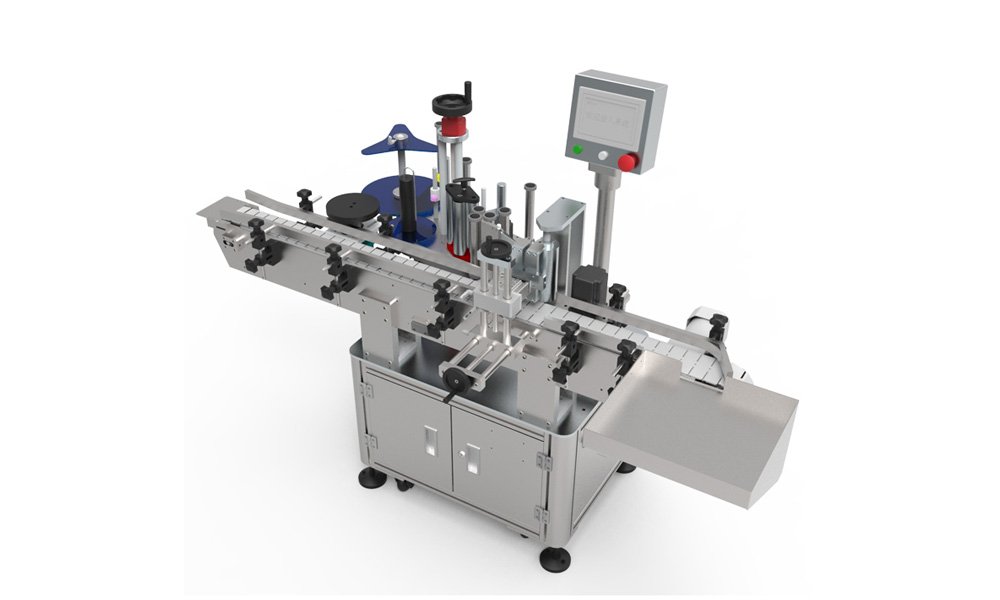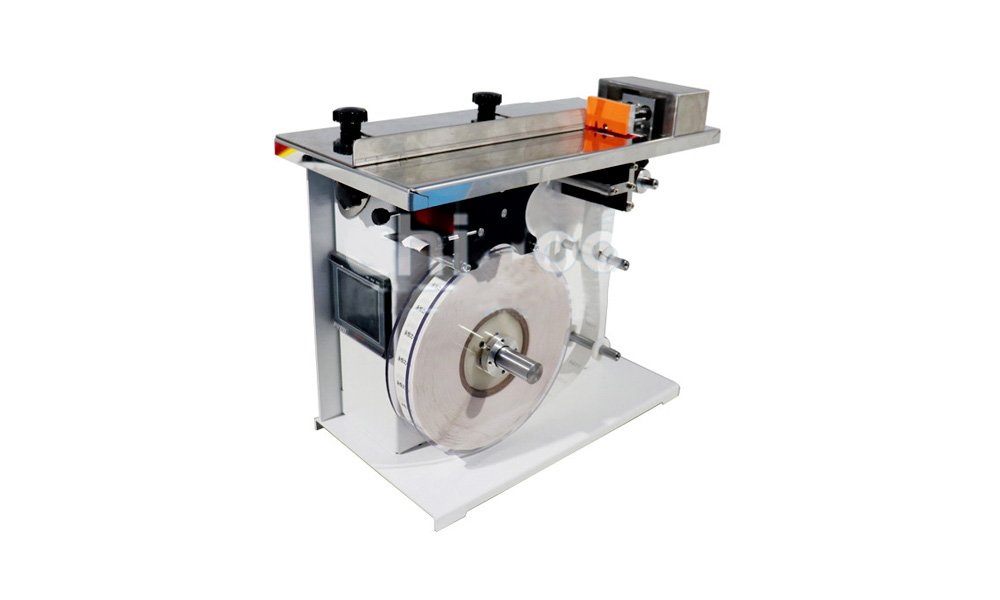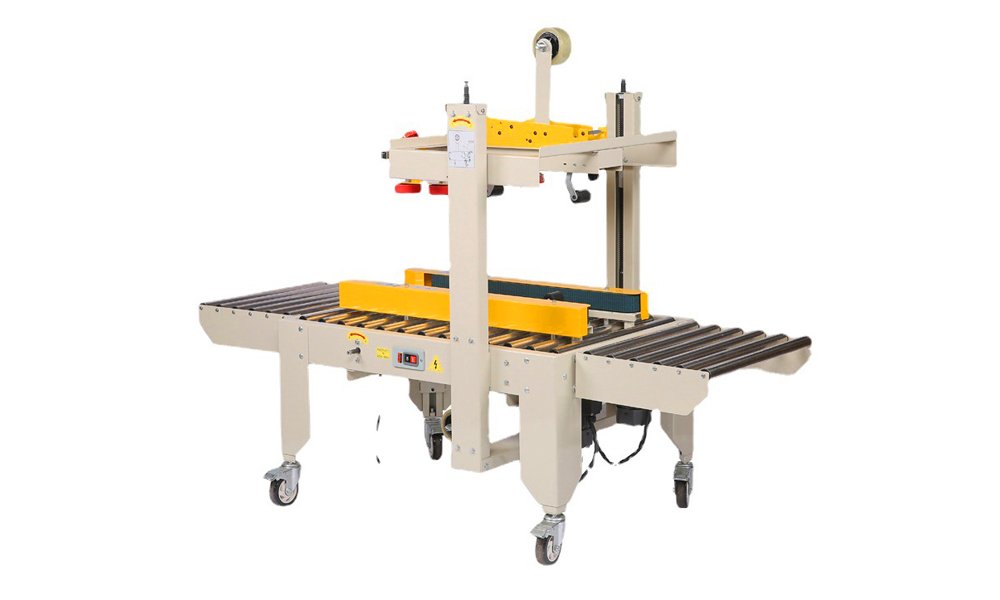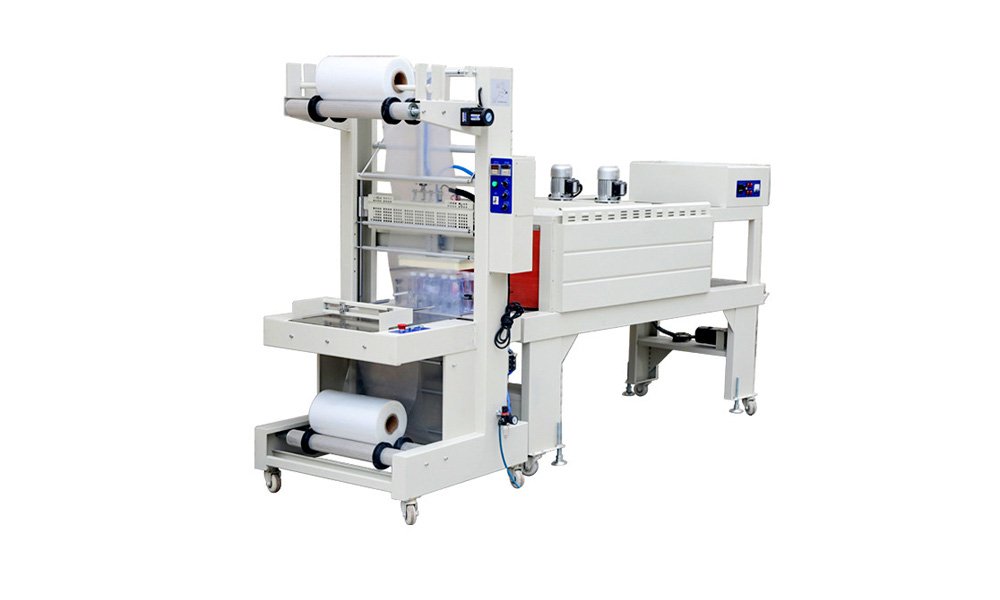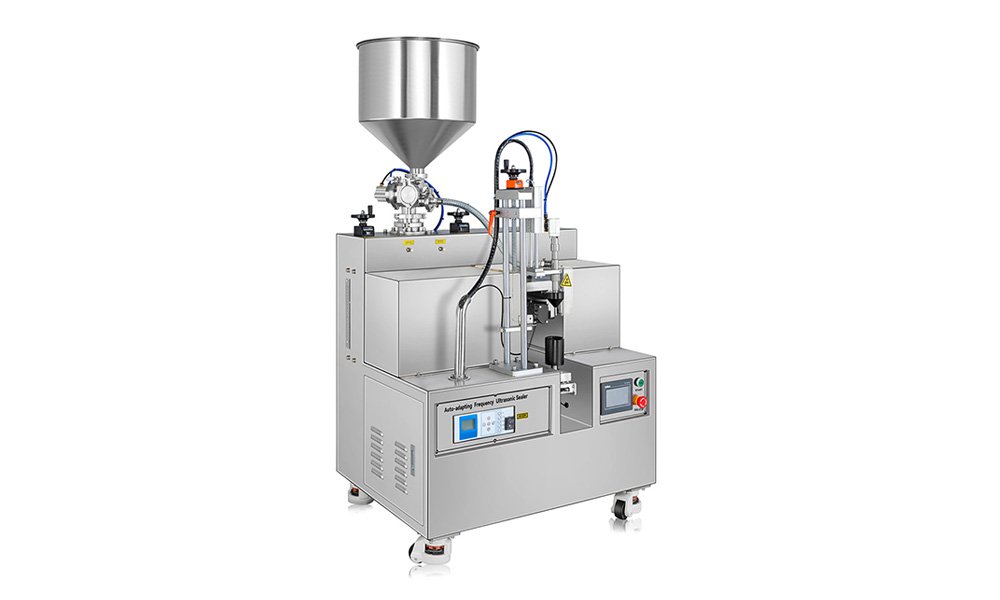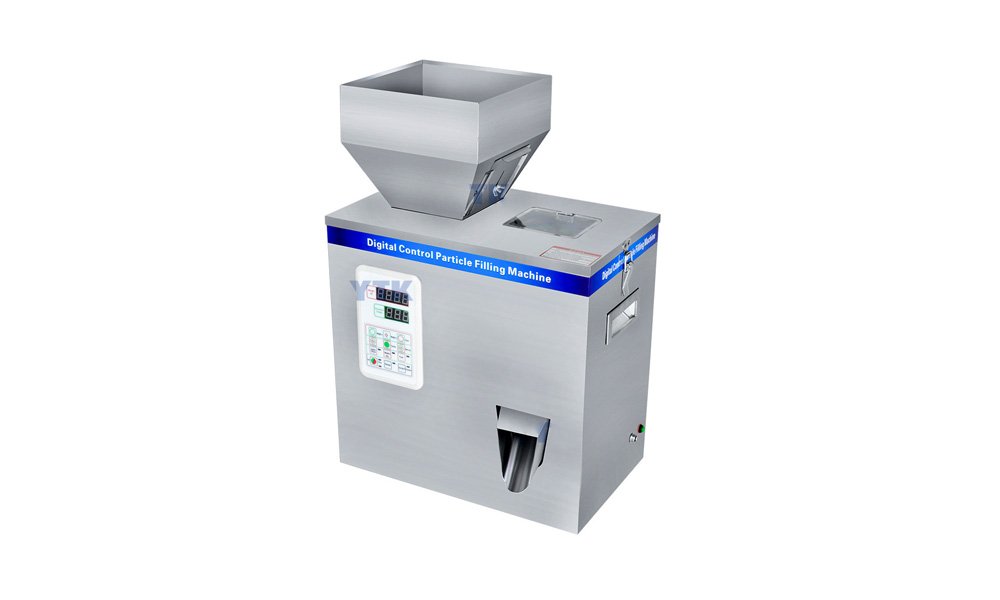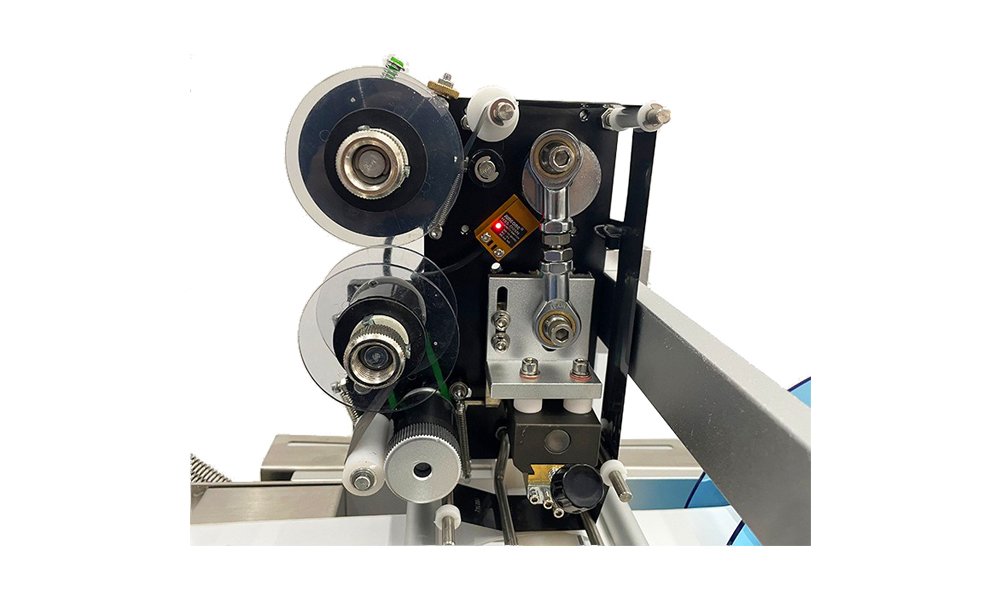If your product requires detailed instructions, regulatory information, or multiple language options, a standard label might not suffice. This is where booklet labels come in, offering a multi-layered solution that can handle complex labeling needs.
As someone who has been involved in the automation equipment industry for over 20 years, I’ve seen how the right labeling solution can make a significant difference in product presentation and compliance. Let’s explore what a booklet label machine is and how it can enhance your labeling process.

What is a Booklet Label?
A booklet label is a type of label that combines the features of a traditional label with the functionality of a small booklet. It typically consists of multiple pages that are folded together and attached to the product packaging. These labels are often used for products that require detailed instructions, such as pharmaceuticals, chemicals, or food products with multiple languages.
The booklet label allows manufacturers to provide extensive information without cluttering the product’s appearance. This is particularly useful in industries where compliance with regulations is critical, as the extra space can be used to include all necessary legal information.
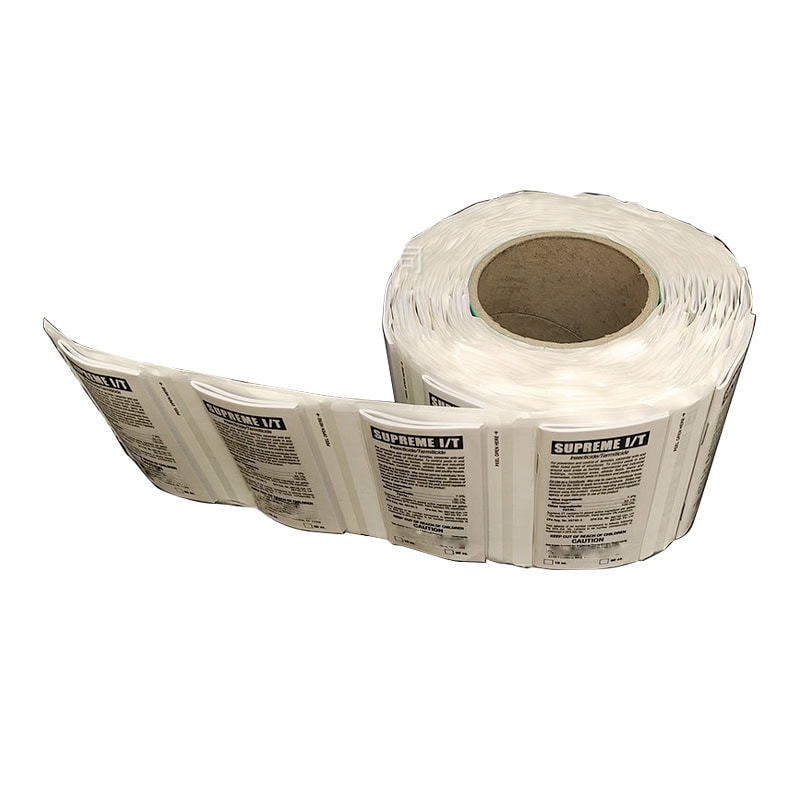
How Does a Booklet Label Differ from a Standard Label?
The primary difference between a booklet label and a standard label is the amount of information they can contain. While a standard label is typically a single layer of material, a booklet label includes multiple pages. This additional space allows for more detailed information, such as instructions, warnings, and translations.
Another key difference is the construction. Standard labels are usually a single, flat piece of material, while booklet labels are more complex, often involving multiple layers of paper or film that are folded or bound together. This complexity makes booklet labels more challenging to produce and apply, requiring specialized equipment and processes.

What Are the Main Uses of a Booklet Label?
The main purpose of a booklet label is to provide additional space for information on a product. This is especially important in industries like pharmaceuticals, where regulatory requirements often demand extensive labeling. Booklet labels are also commonly used in the chemical industry, where safety information needs to be clearly communicated.
In the food and beverage industry, booklet labels are useful for products sold in multiple countries, as they can include information in several languages without requiring multiple labels. They are also used for promotional purposes, where a brand might want to include a coupon or special offer within the label.
What is a Booklet Label Machine?
A booklet label machine is a specialized piece of equipment designed to apply booklet labels to products. Unlike standard labeling machines, which apply flat, single-layer labels, booklet label machines are equipped to handle the more complex task of applying multi-page labels.
These machines are designed to ensure that the booklet labels are applied accurately and securely, without damaging the delicate pages. This requires precision engineering and advanced technology, as the labels need to be applied in a way that ensures they stay attached during the product’s lifecycle but can still be easily opened and read by the consumer.
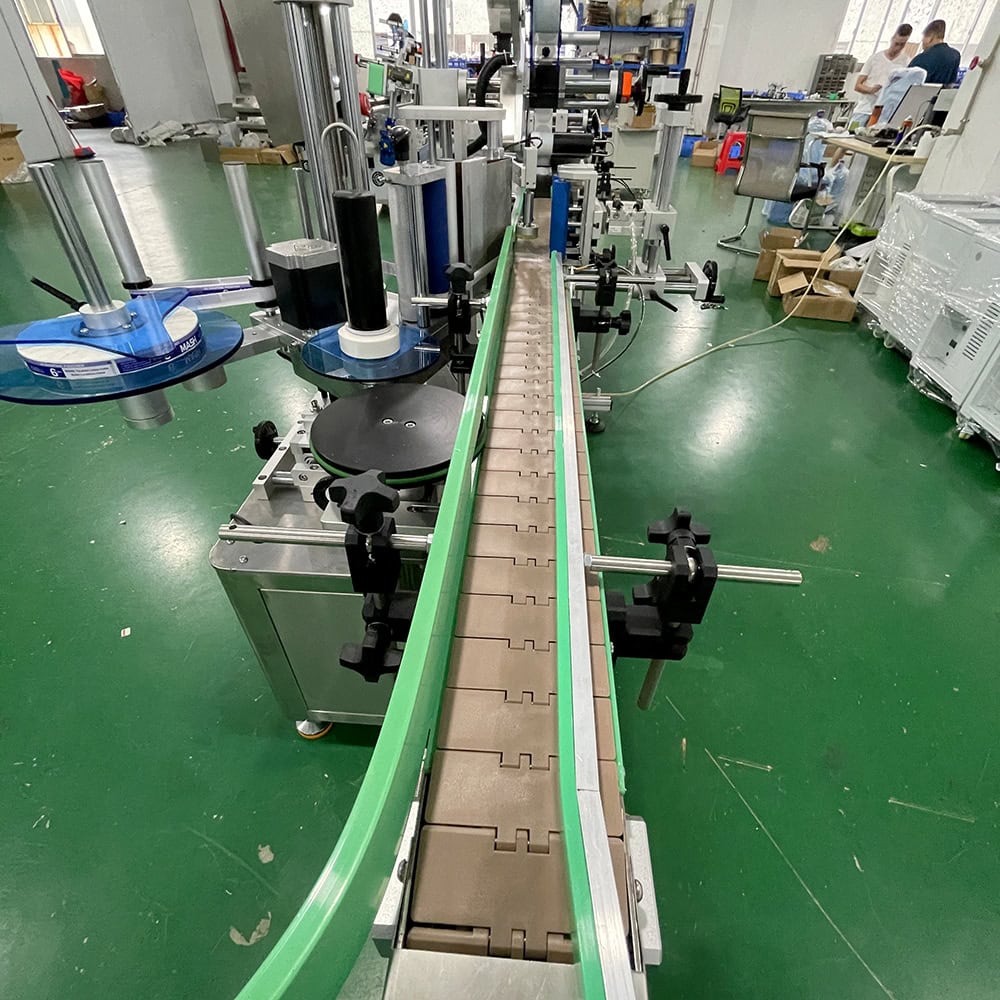
Types of Booklet Label Machines
There are several types of booklet label machines, each designed for different applications:
- Flat Surface Booklet Label Machine: This type of machine is designed for applying booklet labels to flat surfaces, such as boxes or flat bottles. It ensures that the labels are applied evenly and securely, without any wrinkles or air bubbles.
- Round Bottle Booklet Label Machine: This machine is specifically designed for round containers, like bottles or cans. It ensures that the booklet labels wrap smoothly around the curved surface, maintaining their integrity and readability.
- Vial and Tube Booklet Label Machine: Designed for smaller, cylindrical products like vials and tubes, this machine ensures that the booklet labels are applied accurately, even on small surfaces. This is particularly important in the pharmaceutical industry, where precision is key.
Is a Booklet Label Machine Expensive?
Generally, booklet label machines are more expensive than standard labeling machines. The increased cost is due to the complexity of applying booklet labels, which requires more advanced technology and engineering.
Booklet labels are multi-page booklets, not just single-layer labels. The thickness and folding of these labels can affect the precision and speed of application. To ensure accurate labeling, manufacturers need to invest in high-quality machines with advanced features like automated adjustments and real-time monitoring. This makes booklet label machines a more significant investment, but one that is often necessary for industries with stringent labeling requirements.
How Does the Labeling Process Work?
The labeling process for booklet labels is similar to that of standard labels but with a few additional steps. First, the machine needs to be calibrated to account for the thickness and size of the booklet labels. This involves adjusting the tension, feed rate, and application pressure to ensure that the labels are applied accurately.
Once the machine is set up, the labels are fed into the applicator, which positions them on the product. The labels are then pressed onto the product, ensuring that they adhere securely. Depending on the product and label type, additional steps like folding or sealing may be required to complete the labeling process.
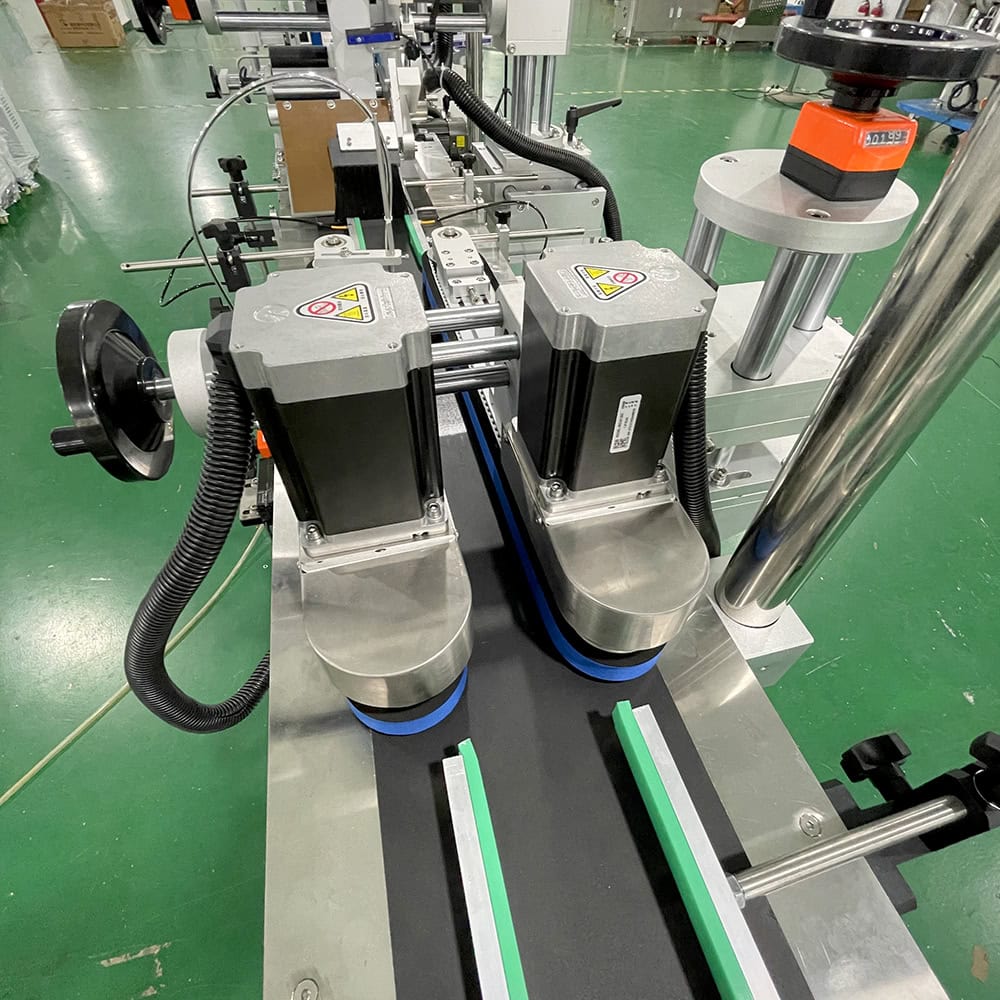
What Sets a Booklet Label Machine Apart from a Standard Labeling Machine?
The primary difference between a booklet label machine and a standard labeling machine lies in the labeling mechanism. Due to the multi-page nature of booklet labels, the labeling mechanism needs to be more advanced to handle the added complexity.
Standard labels are typically made of a single, thin layer of material, making them easier to apply. In contrast, booklet labels are thicker and more complex, requiring the machine to make precise adjustments to ensure proper alignment and adhesion. This often involves advanced sensors and control systems that monitor the labeling process in real time, making necessary adjustments to maintain accuracy.
How to Customize a Booklet Label Machine?
Customizing a booklet label machine is similar to customizing a standard labeling machine. The key is to have a thorough understanding of the client’s needs and requirements. This involves detailed discussions with the client to understand their product specifications, labeling requirements, and production goals.
One of the most critical aspects of customization is the label itself. Since booklet labels are more complex than standard labels, it’s essential to have a sample of the label during the customization process. This allows for precise adjustments to the machine to ensure that it can handle the label accurately and efficiently.
In some cases, clients may also need assistance in designing the booklet labels themselves. In such cases, we can work with them to create labels that meet their specific needs, ensuring that the final product is both functional and visually appealing.
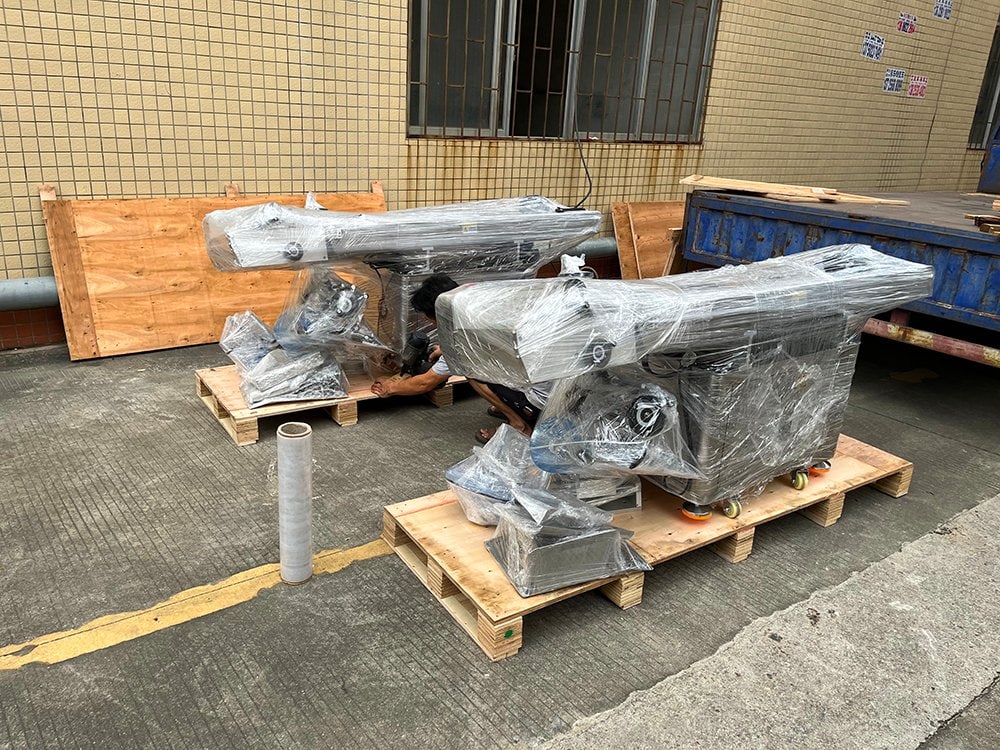
Conclusion
In summary, booklet label machines are a specialized type of labeling equipment designed to handle the complex task of applying multi-page booklet labels to products. While they are more expensive and complex than standard labeling machines, they are essential for industries that require detailed product information and regulatory compliance. By understanding the differences between booklet labels and standard labels, manufacturers can make informed decisions about their labeling needs.
